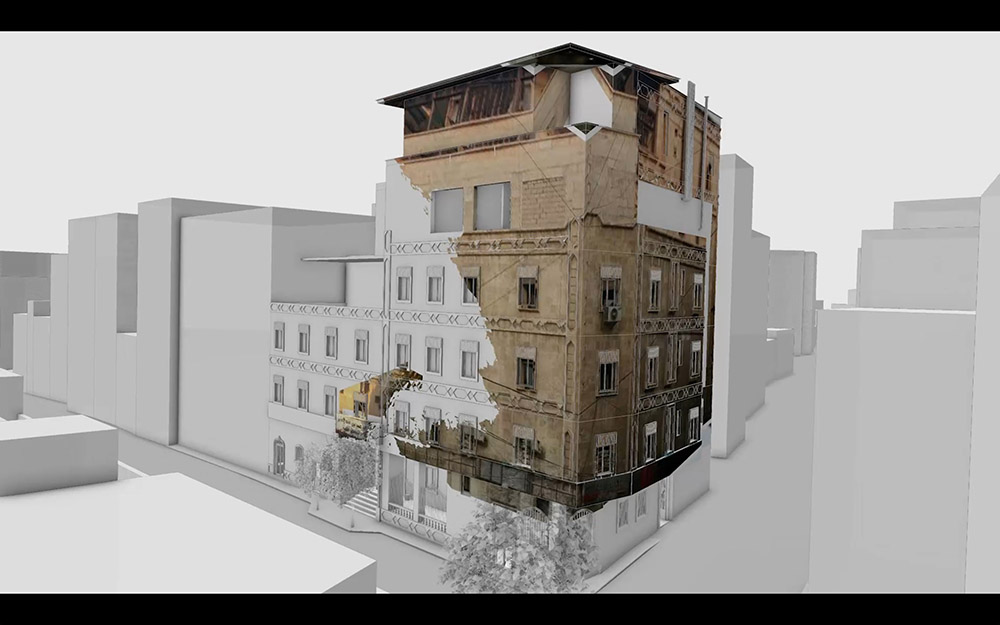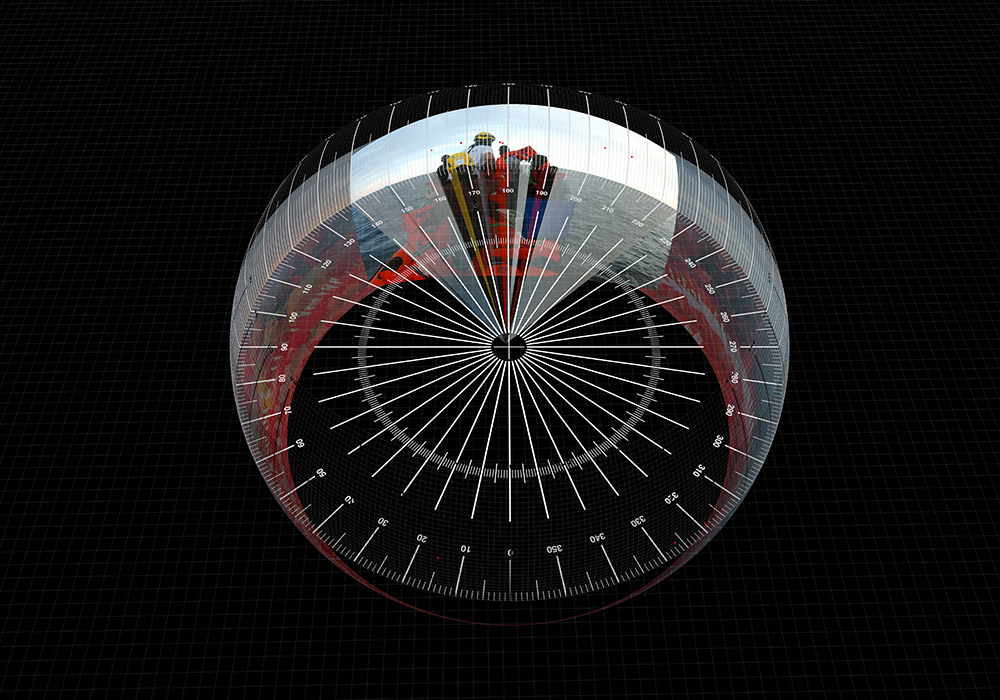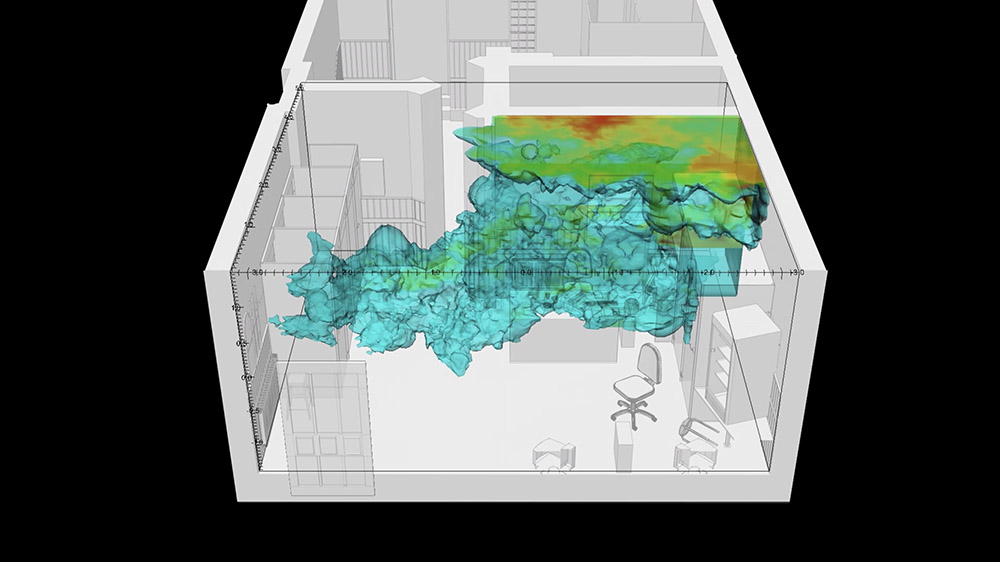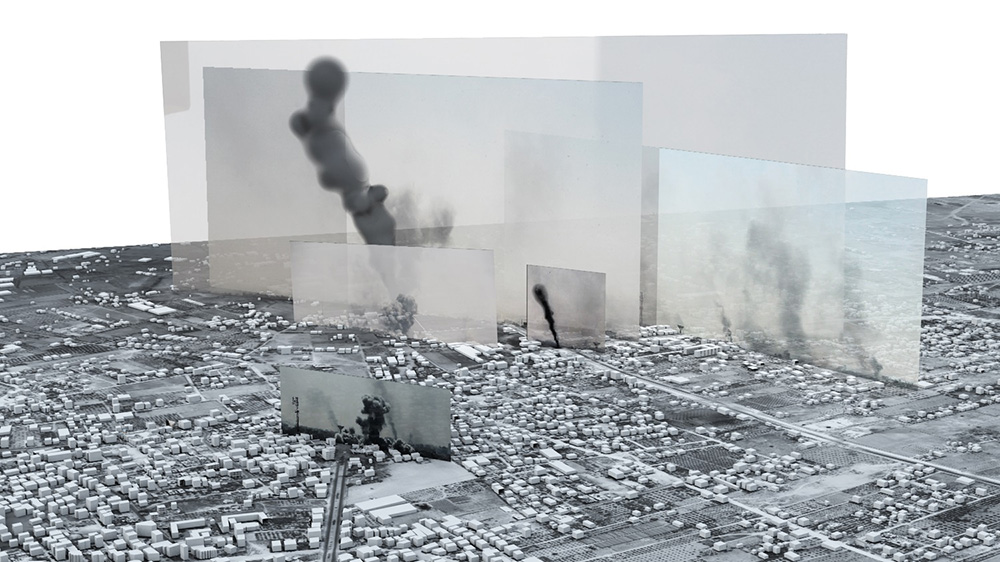ART CITIES:Utrecht-Forensic Justice
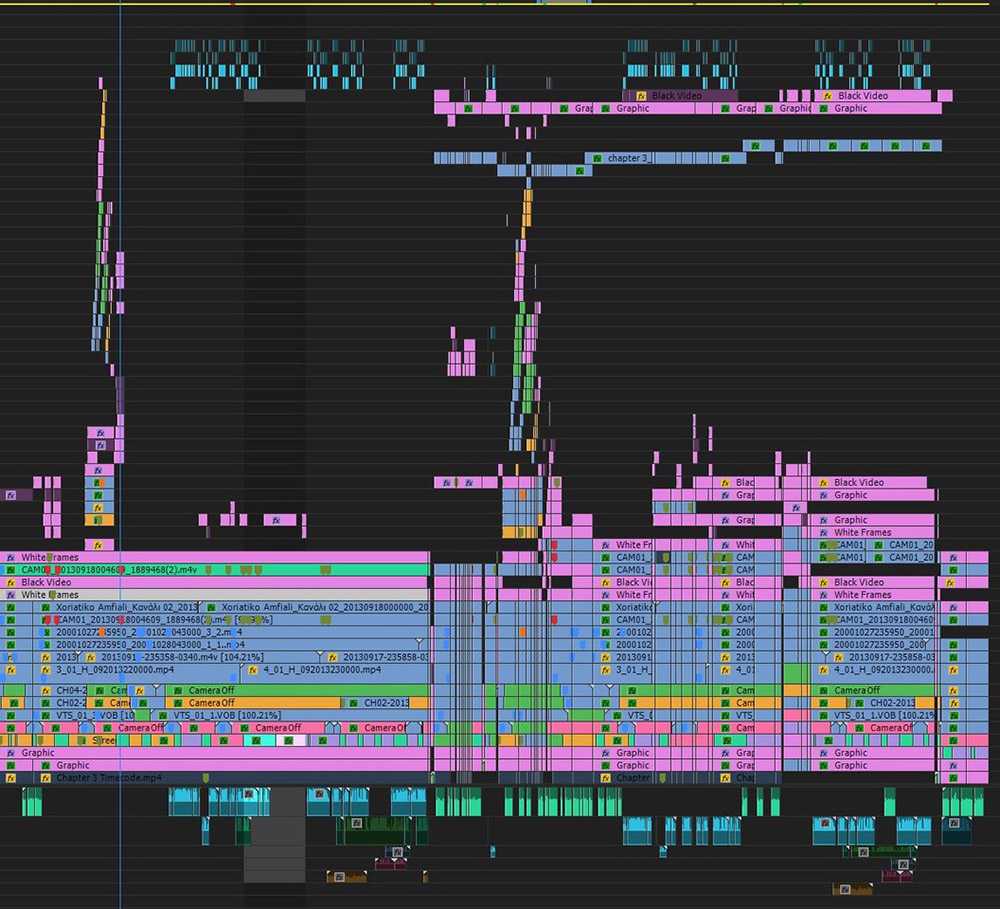
In 2010, Eyal Weizman created the Forensic Architecture (FA) research agency based at Goldsmiths, University of London. Forensic Architecture brings together archives of evidence on contemporary conflicts, creating new analysis methodologies as a form of political intervention in the field of human rights. It is formed by a multidisciplinary team of architects, artists, activists, scientists, lawyers and filmmakers who work to uncover State violence by confronting facts with official accounts.
By Dimitris Lempesis
Photos: BAK (basis voor actuele kunst) Archive
Forensic Architecture’s exhibition “Forensic Justice” and the series of public program entitled “Propositions #7: Evidentiary Methods” are part of the BAK (basis voor actuele kunst) research series “Propositions for Non-Fascist Living” (2017–2020). Forensic Architecture uses novel research and aesthetico-political practice to investigate abuses of human rights and, more broadly, the rights of nature. They provide critical evidence for international courts and work with a wide range of citizen-led activist groups, NGOs, Amnesty International, and the United Nations, as well as with art institutions as significant public forums for distributing the investigations. The exhibition involves two main narratives, entwining the 20th Century horrors of genocide with its contemporary extension into environmental catastrophes. The former is presented in an archive-like set-up of a number of investigated cases of varying scales: “The Killing of Nadeem Nawara and Mohammed Abu Daher” 92014), “M2 Hospital Bombing” (2017), “The Bombing of Rafah, Gaza, Palestine, 1 August 2014” (2015), “The Iuventa” (2018), “77sqm_9:26min” (2017” and “Investigation into the Murder of Pavlos Fyssas” (2018). The second narrative line unfolds in a Center for Contemporary Nature (CCN), which engages with the relation between culture, politics, and the concept of nature today. This entanglement, which Forensic Architecture refers to as “contemporary nature” is explored in two cases. “Ecocide in Indonesia” (2017), and “Ape Law” (2016), looks into human-induced environmental violence on other species. “Investigation into the Murder of Pavlos Fyssas” (2018): Shortly after midnight on 18/9/2013, Pavlos Fyssas, a young Greek anti-fascist rapper, was murdered in his home neighbourhood of Keratsini, Athens. Both the killer and others who participated in the attack were members of the neo-Nazi organisation Golden Dawn. Golden Dawn have committed acts of violence against migrants and political opponents ever since their formation in the 1980s, yet most of their crimes going unpunished as a result of the silent support among the ranks of the Greek police, aligned to their nationalist cause. Following the murder of Fyssas, a Greek citizen, the national government was finally forced to make a series of arrests. Sixty-nine members of Golden Dawn, including all of their fifteen parliamentarians, were brought to trial. Charges in the trial, relating to events as far back as 2008, allege that even while holding seats in the national parliament, Golden Dawn operated as a criminal organisation. Even as the ongoing trial threatens the existence of Golden Dawn as a political party, the Greek courts remain reluctant to investigate the role of the police in covering up these crimes. Forensic Architecture was commissioned by the Fyssas family and their legal representatives to reconstruct the events of the night from the audio and video material made available to the court. Forensic Architecture established a precise timeline and reconstruction of the events that led to the murder. The investigation established that members of Golden Dawn, including senior officials, acted in a coordinated manner in relation to the murder, and that members of Greece’s elite specialforces police, known as DIAS, were present at the scene before, during and after the murder, and failed to intervene. The resulting video investigation and accompanying report, brings together CCTV footage, recordings of communications between police and emergency services, and witness testimony. After having been presented as crucial evidence in the Athens courtroom on 10-11/9/18, this work co-produced with BAK, is now presented to the public for the first time. “The Bombing of Rafah, Gaza, Palestine, 1 August 2014” (2015) is a collaboration between Forensic Architecture and Amnesty International. It aims to provide a detailed reconstruction of the events in Rafah, Gaza, from 1-4/10/14, based primarily on material found on social media. Because Forensic Architecture’s team was denied access to Gaza, Forensic Architecture developed a number of techniques aimed to reconstruct the events from hundreds of images and videos recorded by professional and citizen journalists. The images were thereafter located in a 3D model of Rafah. This resulted in the Image Complex, a device that allowed us to explore the spatial and temporal connections between the various sources and reconstruct the events as they unfolded. Forensic Architecture has also located witness testimonies, delivered after the war, within this 3D model and corroborated the reported events with other audio-visual material. Where the metadata of image material was missing or inadequate, we used time indicators such as observed shadows or bomb clouds to locate sources in space and time. “The Iuventa” (2018), is a counter-investigation of the events leading to the seizure of an NGO rescue vessel. As the EU’s policies of deterrence deployed since the Arab uprisings failed to stem migrants’ crossings across the Mediterranean, the Italian government – in collaboration with other European governments and agencies – deployed a two-pronged strategy to close off the central Mediterranean: on the one hand, by criminalising and limiting the rescue activities of the NGOs that have stepped in to make up for the lack of state rescue operations; and on the other, by reinforcing the collaboration with Libyan authorities and militias to prevent and intercept departures, thus physically containing migrants on the Mediterranean’s southern shore without requiring the direct involvement of Italian or EU authorities. Forensic Oceanography and Forensic Architecture have investigated two cases “The Iuventa” and the forthcoming “Sea Watch vs. Libyan Coast Guard”, each concerning one of the dimensions of this policy which entails migrants being brought back to a country where their lives are endangered, and their human rights are systematically violated. These investigations have been made possible by an exponential increase in video documentation by the different actors involved, allowing for a unique form of 3D modelling of incidents developed together with Forensic Architecture. The public program “Propositions #7: Evidentiary Methods” takes place to examine and expand upon the notions of “evidence” and “method” in the practice of Forensic Architecture in a series of lectures, screenings, and workshops
Info: BAK (basis voor actuele kunst), Pauwstraat 13a, Utrecht, Duration: 18/10/18-27/1/19, Days & Hours: Wed-Sun 13:00-19:00, www.bakonline.org
